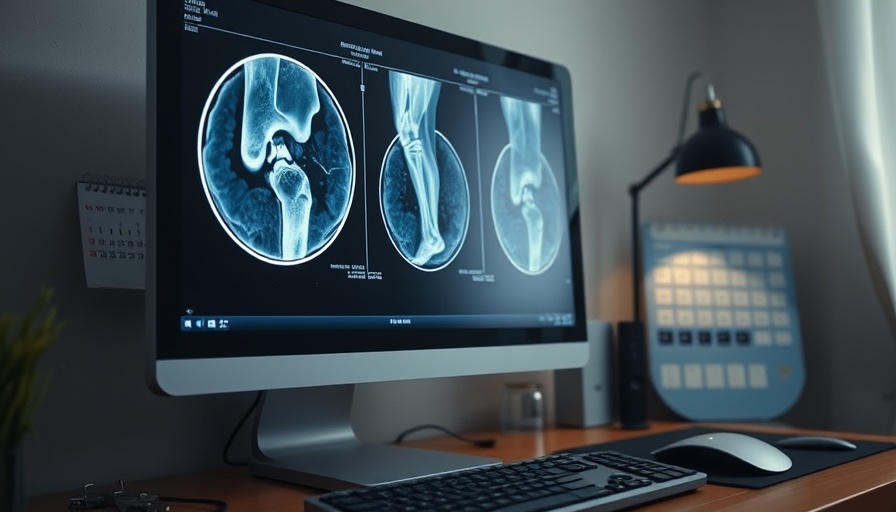
Pioneering Innovations in Medical Imaging
As the healthcare landscape evolves, so too does the need for advanced medical imaging solutions. Mach7 Technologies is at the forefront of this revolution, leveraging cutting-edge technology to enhance diagnostic processes in radiology. At the upcoming SiiM25 Annual Meeting and InformaticsTECH Expo in Portland, Oregon, the company will unveil its latest advancements, including the eUnity Enterprise Diagnostic Viewer and the groundbreaking UnityVue platform.
Transforming Radiology Workspaces with UnityVue
UnityVue represents a significant leap forward for radiology practices, aiming to address the complexities faced by healthcare professionals today. By integrating various imaging modalities and enhancing workflow management, standards can be upheld while ensuring patient care remains priority number one. This is particularly vital as digital pathology continues to gain traction, positioning UnityVue as a vital tool in modern healthcare settings.
New Features and Seamless Integration
The eUnity Diagnostic Viewer is not only a testament to Mach7’s innovation but also an essential platform that embodies the seamless integration of the latest cloud healthcare services. By providing clinicians access to a patient’s comprehensive imaging records, this viewer fosters collaboration among healthcare providers, thus enhancing patient outcomes. During the SiiM25 Expo, visitors will have the chance to experience firsthand the new features and capabilities of these platforms.
Industry Connect Session: Bridging Expertise
In addition to the technology showcase, Mach7 is organizing an Industry Connect session focusing on the incorporation of digital pathology into enterprise imaging strategies. Industry experts, including Dr. Mustafa Yousif and Mach7’s own leaders, will provide nuanced insights and discussions, helping attendees grasp the implications of these emerging technologies.
Insights from Leadership: Shaping the Future
CEO Mike Lampron emphasized the significance of SiiM for Mach7, saying, "We will showcase new innovations that provide value for our customers in their goal of delivering exceptional patient care." This leadership-driven approach showcases how Mach7 is committed to not just adopting advancements but actively developing and leveraging them to shape the future of medical imaging.
Addressing the Needs of Healthcare Providers
Mach7 aims to empower clinicians through technology that enhances their ability to provide exceptional patient care. By actively participating in educational sessions and industry discussions, the company reinforces its commitment to supporting healthcare providers globally. The demonstration of their platforms at SiiM25 will shine a light on how they can deliver on these promises.
The Role of Technology in Healthcare's Future
The integration ofArtificial Intelligence, including elements of machine learning, natural language processing, and robotics, for example, in healthcare is poised to redefine care delivery at every level. As seen in technologies like virtual assistants and gesture control systems, the intersection between imaging and AI presents significant opportunities for enhancing not just diagnostics but overall patient experiences as well.
Key Takeaways for Attendees
Attendees of SiiM25 are encouraged to engage with Mach7’s presentations and discussions to explore how these innovations directly relate to their work. Understanding these advances in imaging can empower healthcare professionals to make informed decisions about their practices. As the field of medical imaging continues to evolve, staying abreast of these innovations will be crucial.
Conclusion
As the SiiM25 Annual Meeting approaches, Mach7 Technologies stands prepared to showcase its extensive innovations in enterprise imaging. Users can look forward to gaining valuable insights and enjoying interactive experiences that highlight the potential of technology in enhancing patient care. With the future of imaging on the horizon, the importance of informed and collaborative decision-making in healthcare cannot be understated.
 Add Row
Add Row  Add
Add 




Write A Comment